We’ve heard questions such as “Aren’t I already in the cloud?” “Why would I migrate to the cloud?”
Great questions hypothetical reader! Herein lies the utility of a cloud readiness assessment, which is a process in which your company or organization is evaluated for its preparedness and suitability for adopting cloud technologies and services.
What does that mean? Well, your current IT infrastructure, the applications, processes and resources are all assessed to identify the areas that could benefit from cloud adoption and to develop the roadmap to a successful adoption and migration. A successful migration can optimize your business – providing better collaboration, data analytics and security.
Cloud Assessments cover the following key aspects:
Infrastructure Evaluation: Assessing the current hardware, network, and storage infrastructure to determine its compatibility with cloud computing. This includes evaluating factors such as server capabilities, network bandwidth, and data storage requirements.
Application Assessment: Evaluating existing applications and identifying those suitable for migration to the cloud. Some applications may need to be refactored or redesigned to fully leverage cloud benefits, while others may require integration with cloud-native services.
Data Assessment: Analyzing the organization’s data landscape, including data storage, databases, data governance, and security requirements. Assessing data dependencies and potential integration challenges is crucial to ensure a smooth transition to the cloud.
Security and Compliance: Assessing the organization’s security policies, procedures, and compliance requirements. Evaluating the cloud service provider’s security measures, data encryption, access controls, and compliance certifications helps ensure data protection and regulatory compliance.
Cost Analysis: Analyzing the current IT spending and estimating the cost implications of cloud adoption. This assessment includes evaluating the potential savings in hardware and maintenance costs, as well as estimating the ongoing operational expenses associated with cloud services.
Performance and Scalability: Assessing the performance requirements of applications and identifying if the cloud infrastructure can meet the desired levels of scalability, availability, and responsiveness. Load testing and performance benchmarks may be conducted to validate the cloud provider’s capabilities.
Organizational Readiness: Evaluating the organization’s readiness for cloud adoption in terms of skills, training, and change management. Assessing the impact of cloud adoption on employees, processes, and organizational culture helps in planning for a successful migration.
The outcomes of a cloud assessment provide organizations with a comprehensive understanding of their current state and enable them to develop a tailored cloud strategy and implementation plan. It helps identify potential risks, challenges, and opportunities associated with cloud adoption, ensuring a smoother transition and maximizing the benefits of cloud computing.

